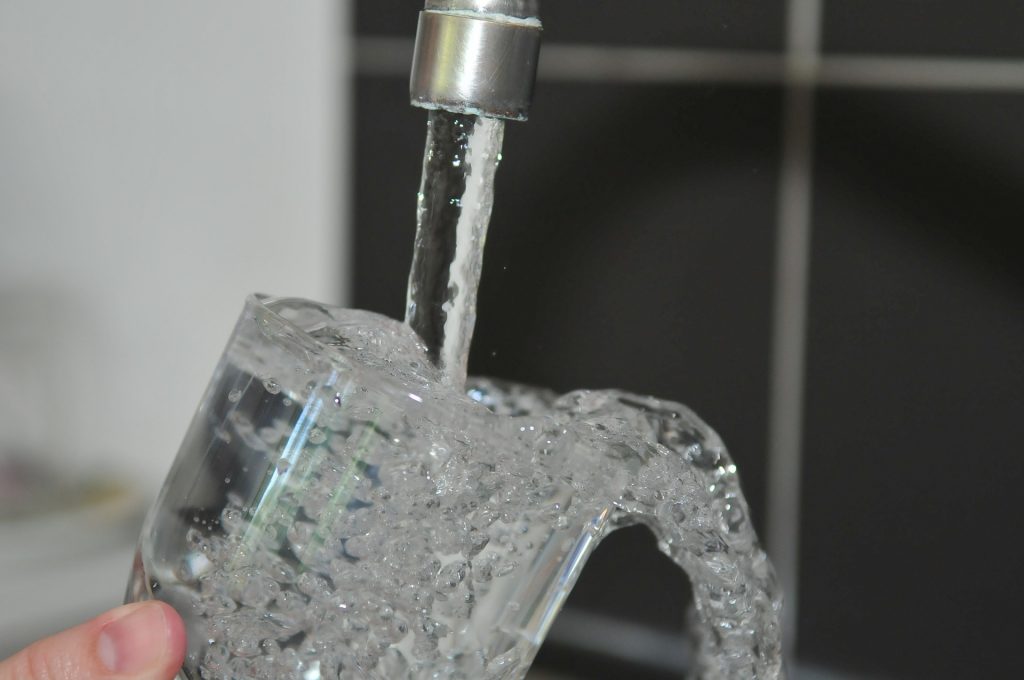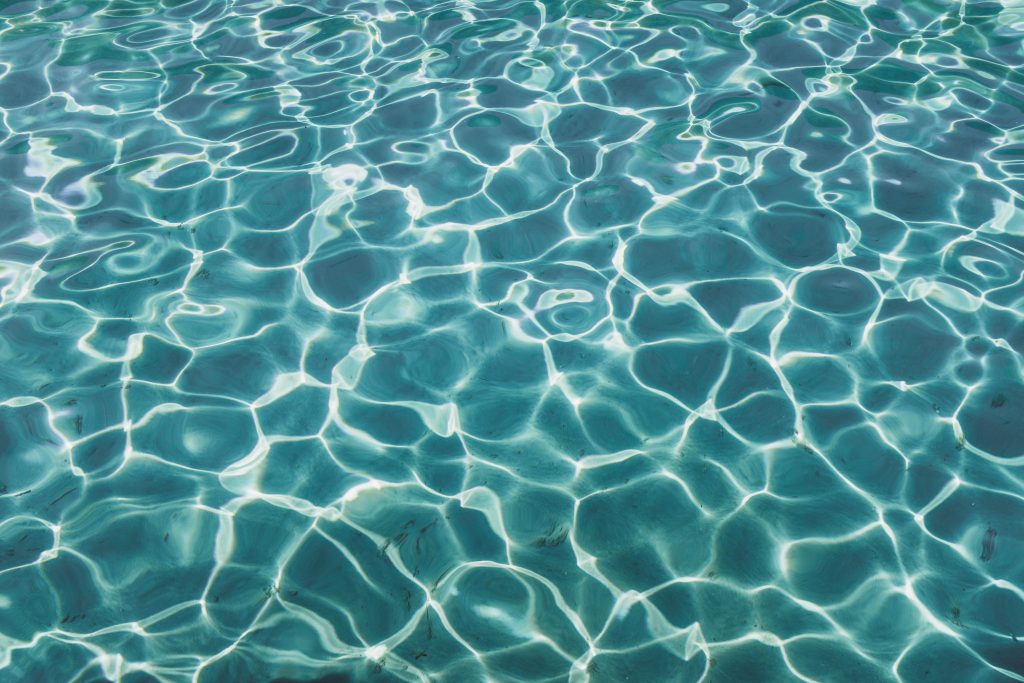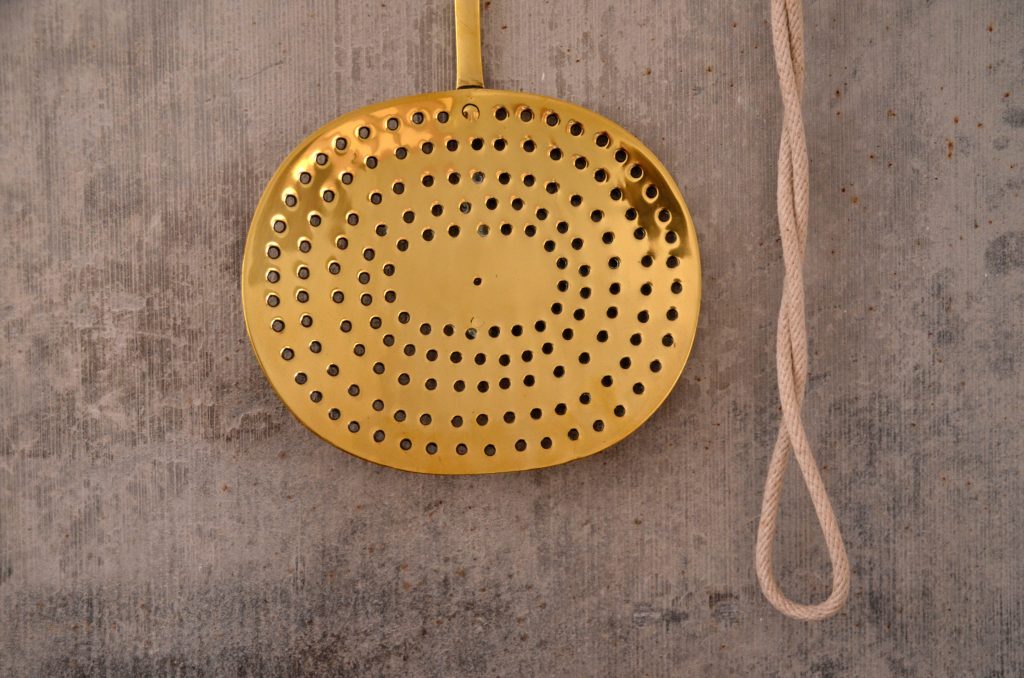Did you know that pure water has no taste? If your water has some taste, it’s essential to know how to make tap water taste better. Drinking water is a must-have to beat the in Phoenix. Thankfully, there are many ways to improve the taste of tap water, especially if you live in a place like Phoenix, Arizona.
Sources have revealed that most taps in Phoenix produce water with an unpleasant taste. But that doesn’t mean Phoenix water is unhealthy to drink. So, you don’t need to worry about anything as you can still make the water taste sweet and better.
In this guide, we’ll discuss some of the reasons Phoenix tap water tastes bad and how to make the water taste better. Keep reading to gain more insights into the topic.
Why Does Phoenix Water Taste Bad?

If you live in the Phoenix area, you are probably wondering, “Why does Phoenix water taste bad?” The bad taste in water could be as a result of the following factors.
- Dissolved minerals
- Dissolved Chlorine
- Plumbing systems
Now, let’s delve a bit deeper into each of the causes of bad taste in water.
- Dissolved Minerals
In the Phoenix area, tap water contains naturally occurring minerals which get dissolved or absorbed from the ground into the water system. Such minerals include calcium and magnesium, which are even responsible for water hardness in the region.
If you drink tap water with some of these dissolved minerals, it will taste salty. Some people would say that it tastes bitter. Although the hard water doesn’t pose significant risks to human health, the hard water can cause devastating impacts in your home.
In a nutshell, here are some of the negative impacts of hard water (dissolved minerals).
- Buildup of scales on plumbing fixtures and appliances
- Formation of stains on sinks and bathtubs
- Discoloration of dishes and glassware in your home
- Can cause damage to water-using appliances
- Dissolved Chlorine
It’s no secret that every water treatment plant in the Phoenix area adds chlorine into tap water to disinfect it. When added to water, chlorine kills all the microorganisms present, including viruses and bacteria. However, it can also add a ‘bleachy’ taste into water.
Chlorine plays a significant role in maintaining the quality of drinking water that runs through pipes to different homes in Phoenix. As water leaves treatment plants, it tends to have high chlorine concentrations, which then reduces as it moves along pipes.
If you live near a water treatment plant, the chances are high that the chlorine taste will be stronger than if you stay farther. Also, if your senses of smell and taste are very strong, you’ll always know if the chlorine levels in your tap water have changed.
Also, the chlorine taste in tap water can be more noticeable during the days when water usage is very high. That’s because the water will be reaching you quicker. So, the chlorine taste will be stronger than when the water remains standing in pipes.
If the chlorine taste in tap water is unbearable, you can fill a jug with the tap water and store it in your fridge. Ensure that you keep the jug covered during refrigeration, but not for over 24 hours. The water will chill, lose the chlorine taste, and taste better.
Although consuming high concentrations of chlorine can be harmful, the trace amounts in tap water is safe for consumption. Thankfully, the Environmental Protection Agency regulates the amount of chlorine used in tap water to make it safe.
- Plumbing Systems
The age and type of material used in plumbing systems have also influenced the taste of tap water in the Phoenix area. If you use metallic plumbing systems in your home, such as copper, zinc, iron, and manganese, they can cause bitter tastes when leached.
If your home’s plumbing system consists of copper, it can corrode over time and cause the water to taste bad. Notably, homeowners will only taste copper at concentrations of 1.3 milligrams per liter, but such levels don’t pose any significant risk to human health.
Also, the use of a galvanized plumbing system may cause zinc to dissolve in tap water when the pipes corrode. Iron and manganese occur naturally in most water sources, but they cannot cause health problems when available in low concentrations.
In most cases, you’ll feel the bitter and sharp tastes of metals when you install new metal pipes in your plumbing systems. However, the metallic taste will reduce with time as pipes develop a protective layer of metal oxide to prevent it from dissolving further.
How to Make Tap Water Taste Better
Although drinking tap water is economical and environment-friendly, dissolved minerals and chlorine can make it taste bad. Thankfully, there are many ways to make your water taste sweeter. You no longer have to buy bottled water for drinking at home.
Here are the four best ways to make your tap water taste better.
- Install Reverse Osmosis (RO) Systems
As one of the most effective filtration processes, reverse osmosis can make tap water in Phoenix to taste sweeter. The process helps to remove chlorine and dissolved minerals that cause the water to be hard and taste bad.
Additionally, reverse osmosis filtration can remove potentially harmful chemicals and other contaminants present in water. Such impurities can pose significant risks to your health. Some of the contaminants include radium, lead, chromium, barium, and arsenic.
In the Phoenix area, reverse osmosis filters remove up to 97 percent of organics, heavy metals, and pesticides present in water. If you live in the region, install the filtration system in your home to enrich the taste of food and spend less on bottled water.
So, how does the reverse osmosis filtration works? Let’s break it down.
- Pre-filtration: To purify your water, the reverse osmosis system will first pre-filter to remove all the large particles. That’s why you’ll not see any solid impurity in your water after this stage, making it safe for drinking.
- Membrane filtration: It’s in the membrane that the actual reverse osmosis happens. In this phase, the system will remove all the contaminants present in water, including microorganisms, chlorine, and dissolved minerals.
- Water Polishing: At this phase, the carbon filters in the reverse osmosis system will remove any taste and odor. That will make the water taste better and even smell nicest. You can now drink the water or use it to cook.
Installing a reverse osmosis filter in your house will provide a permanent solution to the strange taste of your water tap. However, there are other filtration processes that can also purify tap water.
- Use Activated Carbon Filters
Carbon activation involves heating or steaming of carbon to open pores and increase its surface area to hold more contaminants. When incorporated in carbon filters, activated charcoal will remove contaminants available in the tap water, including chlorine.
According to NSF, activated carbon filters can remove around 60-80 chemicals. Also, the Environmental Protection Agency (EPA) in the U.S. recommend activated carbon as the best filters to remove the following contaminants in water:
- Pesticides like nitrates and glyphosates
- Organic contaminants like trihalomethanes (THMs)
- Common herbicides
Other specific contaminants that the activated carbon will remove from tap water include chlorine, chlorine bi-products, chlorides, lithium, phosphates, and many others. Besides the impurities, activated carbon filters will also improve the taste and smell of water.
- Install Water Softeners in Your Home
Unlike activated carbon that is best for removing chlorine impurities, water softeners can play a significant role in removing dissolved minerals in tap water. Such ‘impurities’ are calcium and magnesium, and they are responsible for water hardness in Phoenix.
So, how do water softeners remove dissolved minerals to make tap water taste better?
A water softener uses an ion exchange process, which involves the removal of calcium, magnesium, and iron to replace them with sodium ions. The process happens in the ion exchange chamber of the water softener to make the tap water tasteless and less hard.
When you channel hard water into a water softener, the minerals responsible for water hardness will remain trapped inside the tank. What will be coming out of the tank is soft water enriched with sodium ions. No more build-up of scales on water appliances!
- Infuse Your Tap Water
Sometimes it’s always better to make your water taste better by adding flavors instead of performing lengthy filtration processes. To infuse water, you need to select your best flavor and add it to your drinking water. Thankfully, there are many flavors to consider.
Here is a list of some of the sweetest flavors combos to consider adding to tap water.
- Cucumber, mint, and lime
- Ginger and lemon
- Watermelon and mint
- Pineapple and mint
- Apple cider vinegar
- Apple and cinnamon
Final Words
Drinking sufficient water is essential for better health. So, you should always ensure that the tap water in your home tastes better. You can achieve that using a reverse osmosis filter, an activated carbon filter, or a water softener. The equipment will help to remove all the contaminants present in water, including chlorine and dissolved minerals. If you’re interested for more content, check out “Heat pump sizes” on the next article.
[related_posts_by_tax posts_per_page="3" format="thumbnails" image_size="medium"]








